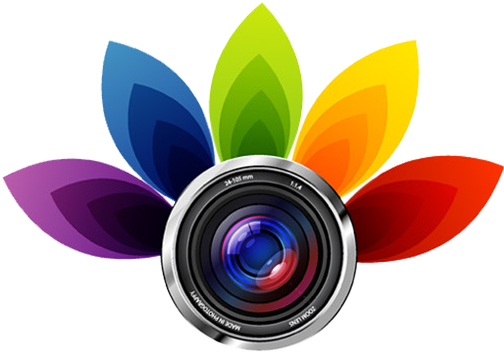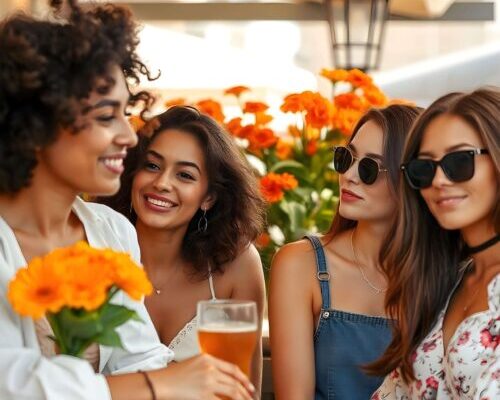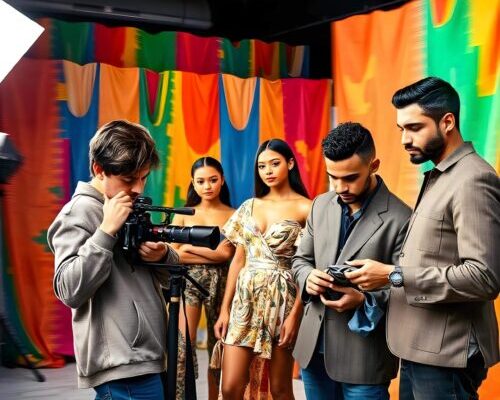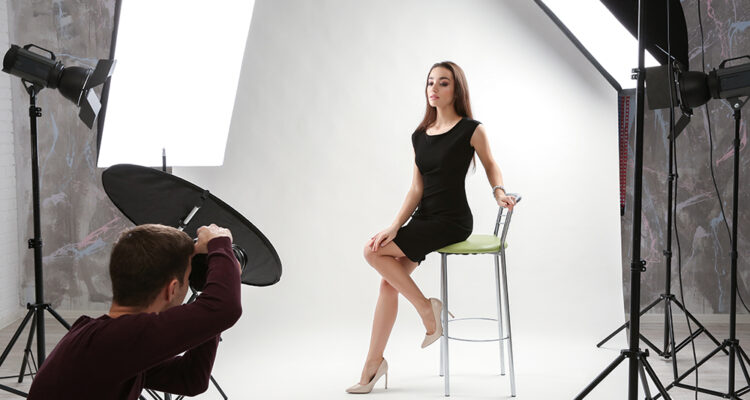The world of beauty and fashion is about creating an illusion. What better way to…
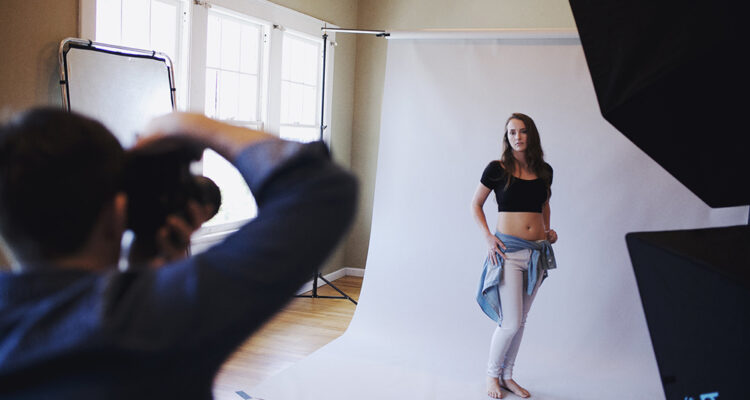
Ideal Angles for Full Body Portraits: Tips & Ideas
Ideal Angles for Full Body Portraits
In this article, we’ll discuss some tips and ideas for finding the ideal angles for full body portraits. From posing techniques to camera placement, we’ll cover everything you need to know to capture stunning portraits. Whether you’re a professional photographer or just love taking pictures of friends and family, this article will help you elevate your full body portrait game. Get ready to flatter your subjects and create beautiful, lasting memories, with poses that highlight their best features.
Understanding the Importance of Angle
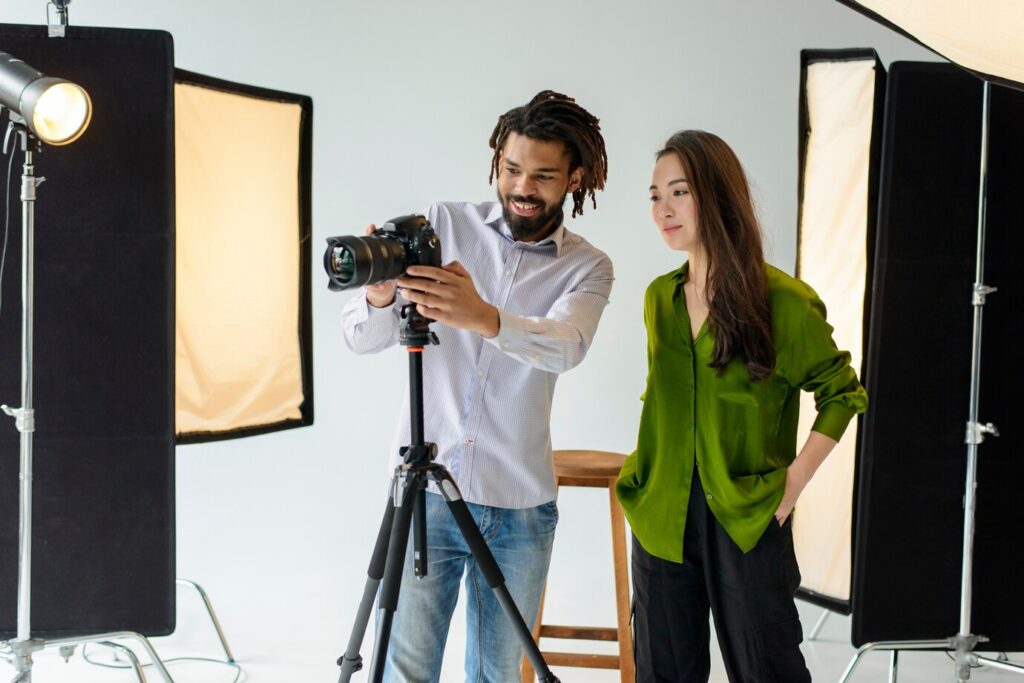
Angles play a crucial role in photography, especially when it comes to portraits. They can help create depth, add interest, and highlight certain features in an image. When shooting portraits, it’s essential to experiment with different angles to find the most flattering and dynamic ones for your subject.
Finding Dynamic Angles
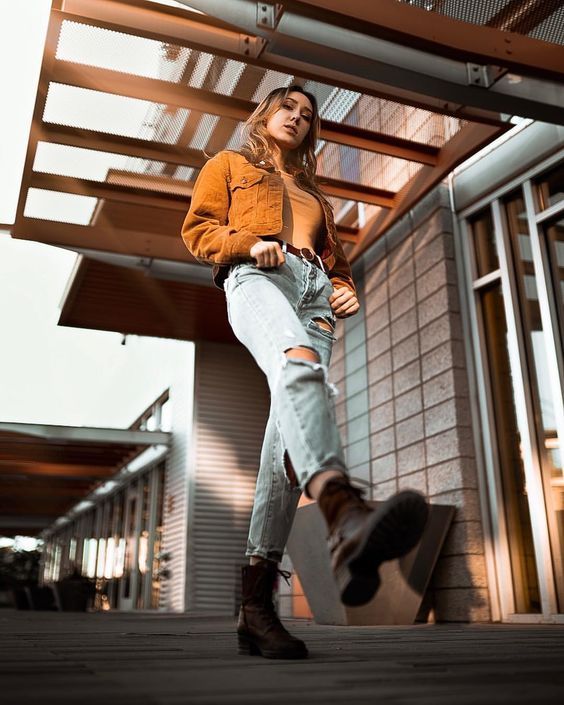
The best angles for full body shot are often those that create a sense of movement and energy in the image. These angles can add a sense of dynamism and make the photo more interesting to look at.
To create dynamic angles, experiment with different camera positions, and don’t be afraid to get creative. For example, try shooting from above or below your subject, or try capturing them from the side instead of directly in front. Consider using a wide-angle lens to exaggerate features and perspective, giving the image a more dramatic feel. A low-angle shot with the subject looking down at the camera can convey power and dominance, while a high-angle shot with the subject gazing up can evoke vulnerability or contemplation.
Highlighting Features
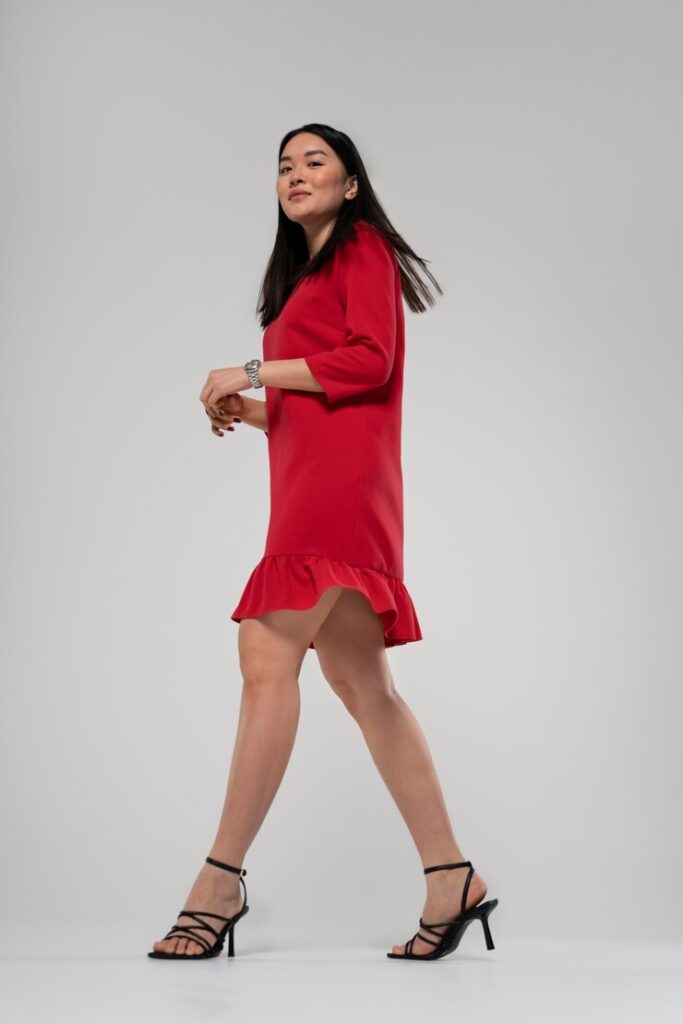
Angles can also be used to highlight specific features in a full length portrait. For example, shooting from below can make a person’s legs look longer, while shooting from above can highlight their facial features. Play around with different angles to see which ones best showcase your subject’s unique features.
By adjusting the angle slightly, you can emphasize the curves of the body, create interesting silhouettes, or focus on the intricate details of a subject’s outfit. For instance, a slightly off-center angle can make the waist appear slimmer, while a straight-on shot can emphasize the breadth of the shoulders. Additionally, consider the background and how different angles might incorporate it in a way that complements or contrasts with the subject.
Creating Depth and Dimension
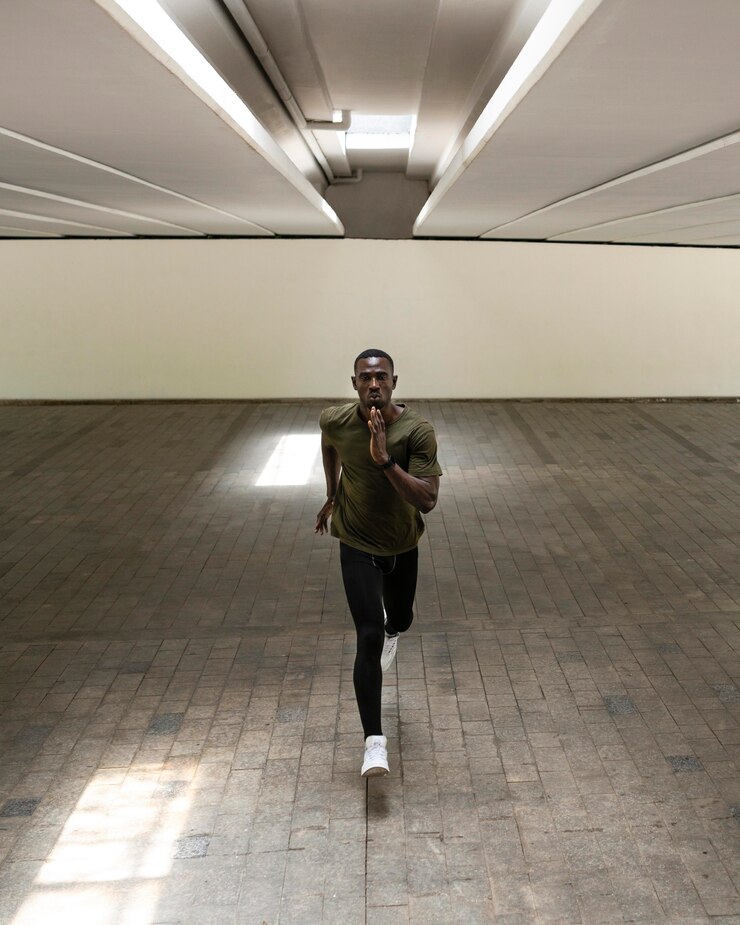
Incorporating angles that create depth and dimension can make a full body portrait more lifelike and three-dimensional. Angles that utilize foreground and background elements to frame the subject can draw the viewer’s eye into the photo and give it a sense of space. Try positioning your subject so that they overlap with various elements in the scene. This layering effect can be achieved by having them stand in a doorway, between trees, or along a fence. Depth can also be created by using a shallow depth of field, where the subject is in sharp focus while the background is blurred, emphasizing the subject further.
Tips for Finding the Best Angles
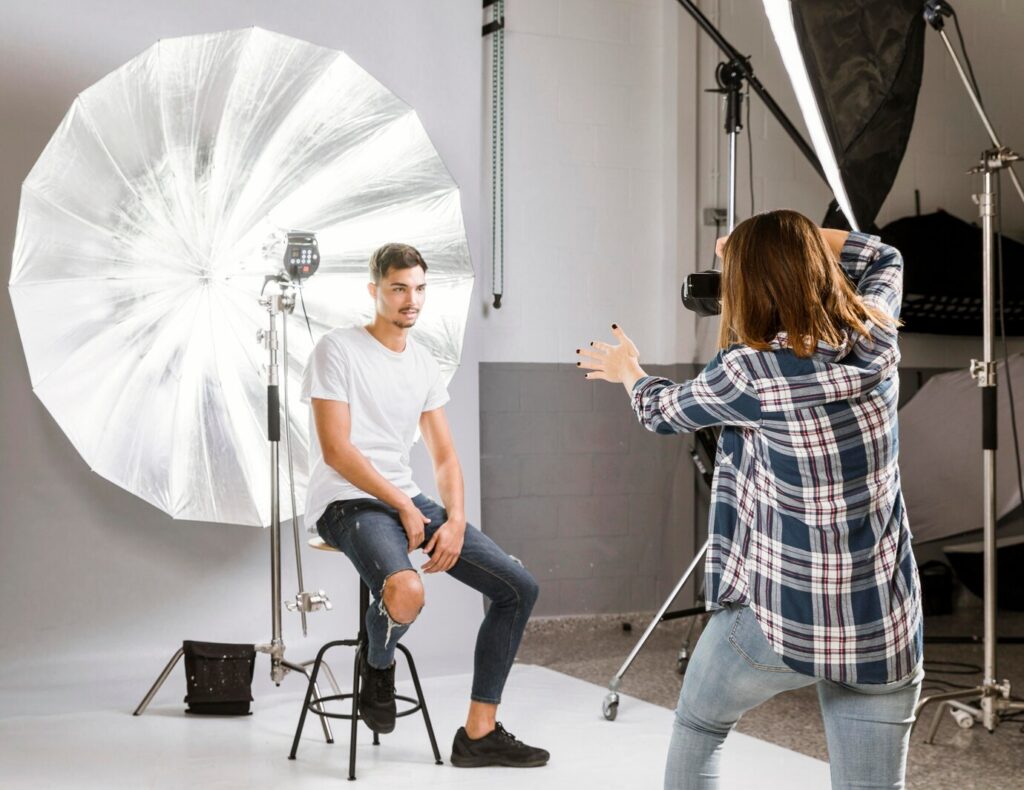
Now that we understand the importance of angles in full body portraits, let’s dive into some tips and ideas for finding the best angles for your photos.
1. Use the Rule of Thirds
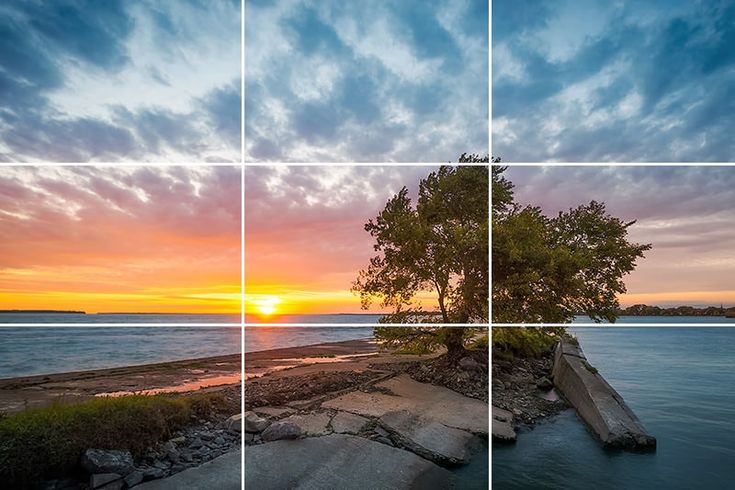
The rule of thirds is a fundamental principle in photography that can help you create well-balanced and visually appealing images. It involves dividing your image into a grid of nine equal parts and placing your subject at the intersections or along the lines. When shooting portraits, try positioning your subject at one of the intersections of the grid. This can create a more interesting composition and make your subject stand out in the photo. Additionally, placing the subject off-center can provide a more natural and candid feel, as opposed to the formality of a centered composition.
2. Try Shooting from Different Heights
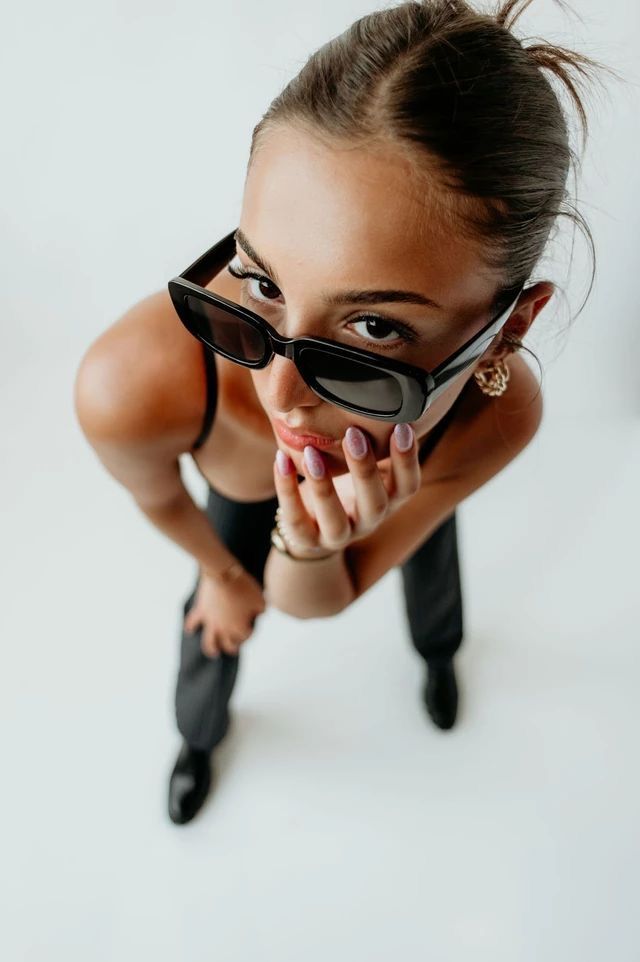
As mentioned earlier, shooting from different heights can create dynamic angles in your full body portraits. Experiment with shooting from above, below, and at eye level to see which angle works best for your subject. Shooting from above can elongate the body and make a person look taller, while shooting from below can create a sense of power and strength. Eye-level shots can provide a more natural and balanced look. Remember to consider the subject’s comfort and natural posture when choosing your shooting height, as this can greatly affect the final image.
3. Use Leading Lines
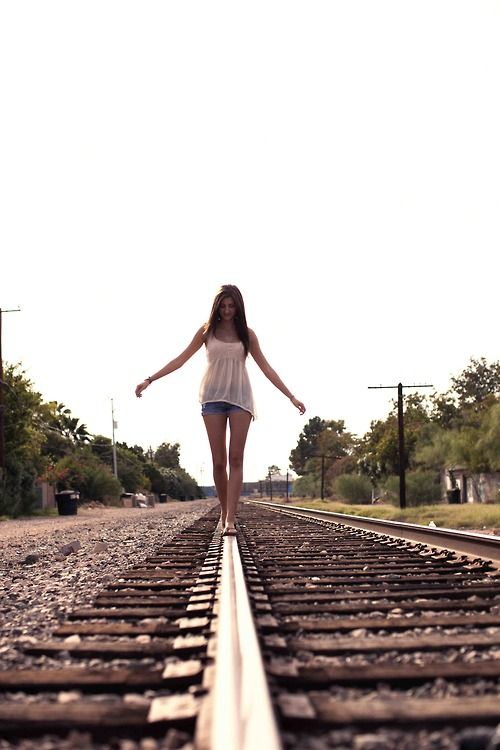
Leading lines are lines within an image that lead the viewer’s eye towards the subject. They can be used to create a sense of depth and draw attention to the main subject in the photo. When shooting portraits, look for natural or man-made leading lines that can help guide the viewer’s eye towards your subject. These can be anything from paths and roads to buildings and trees. You can also create leading lines with the subject’s pose, such as the angle of their arms or the direction they are looking, which can guide the viewer’s gaze through the photograph.
4. Incorporate Movement
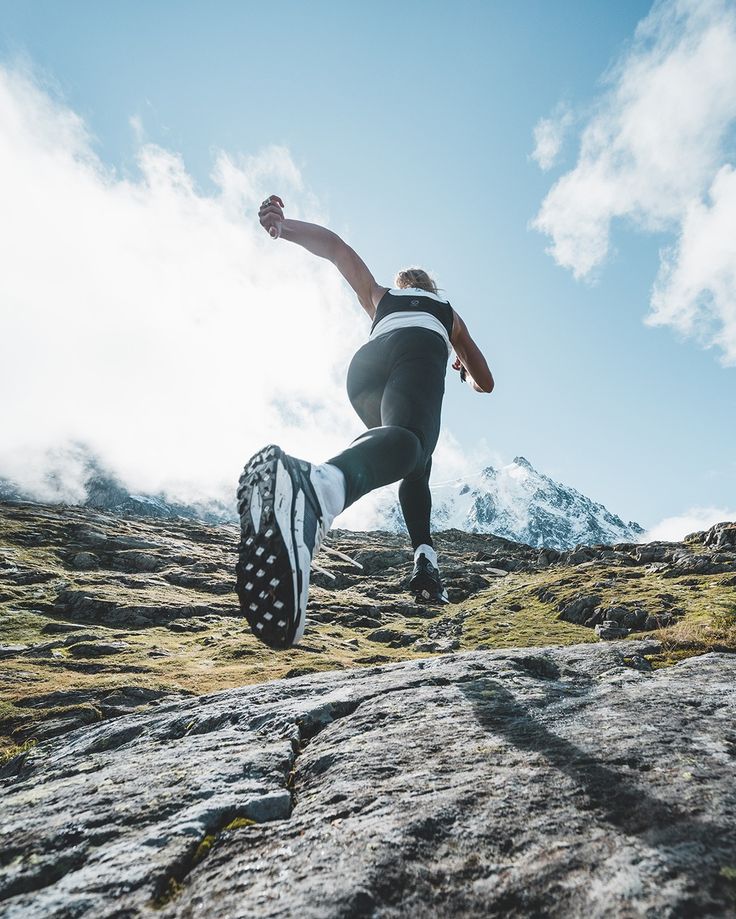
Adding movement to your full body portraits can create dynamic and interesting angles. You can ask your subject to walk, jump, dance, or twirl to capture a sense of motion in your photos. Movement can also help break up the symmetry in your images, making them more visually appealing. Just be sure to adjust your camera settings to capture the movement without blur. The motion can be subtle, such as a gentle shift of weight or a playful turn of the head, or more pronounced like a leap or a spin. Capturing the peak of the action can result in a powerful and engaging portrait.
5. Use Props
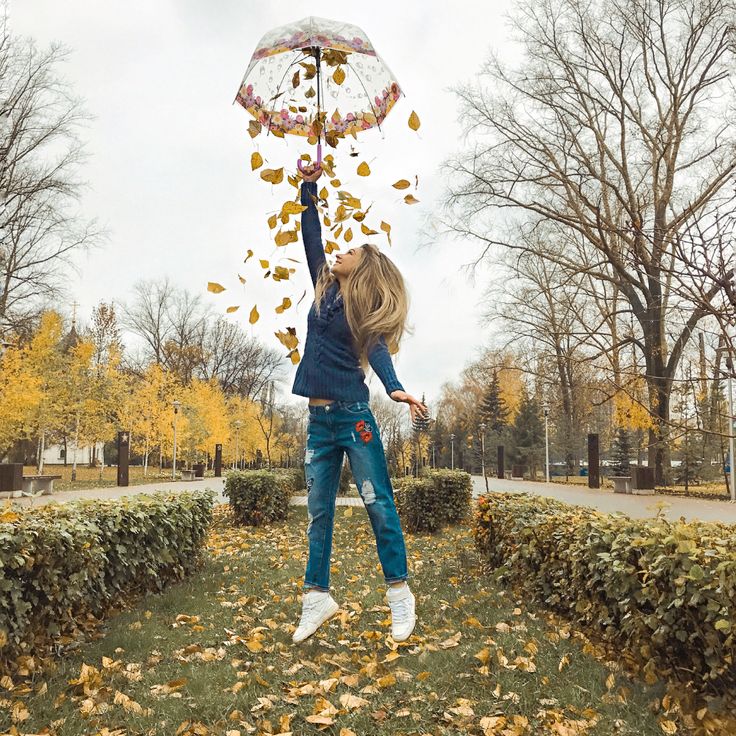
Props can add an element of interest and creativity to your full body portraits. They can also help create unique angles and add depth to your images. Props can be anything from chairs and stools to flowers and umbrellas. Experiment with different props to see which ones work best for your subject and the overall aesthetic of your photo. Props can also help your subject feel more relaxed and natural, as they provide something to interact with, which can result in more genuine expressions and poses.
6. Play with Perspective
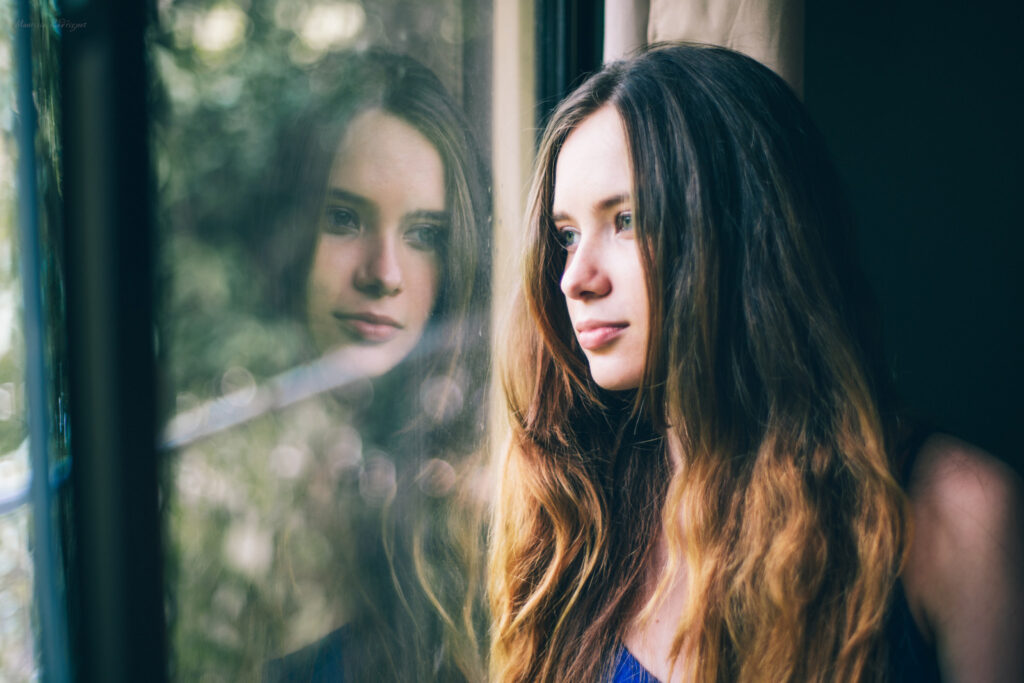
Altering the perspective can drastically change the impact of a full body portrait. Try shooting from an angle that isn’t head-on to give the image a new dimension. You can create an intriguing composition by shooting from a corner, looking down a hallway, or through a window. By playing with perspective, you can also distort reality in a creative way, making the subject appear larger than life or placing them in a surreal context. This can be especially effective in editorial or fashion photography where the goal is often to create a striking, memorable image.
7. Embrace Negative Space

Negative space, the area around and between the subject of an image, can be a powerful tool in full body portraits. It can add a sense of simplicity and clarity to a photo, drawing the viewer’s focus directly to the subject. Try composing your shot with ample space around the subject to create a minimalist aesthetic. This technique works well with a plain background or a wide-open landscape. The use of negative space can evoke emotions of solitude, freedom, or introspection, depending on how it’s used.
Ideas for Full Body Portrait Angles
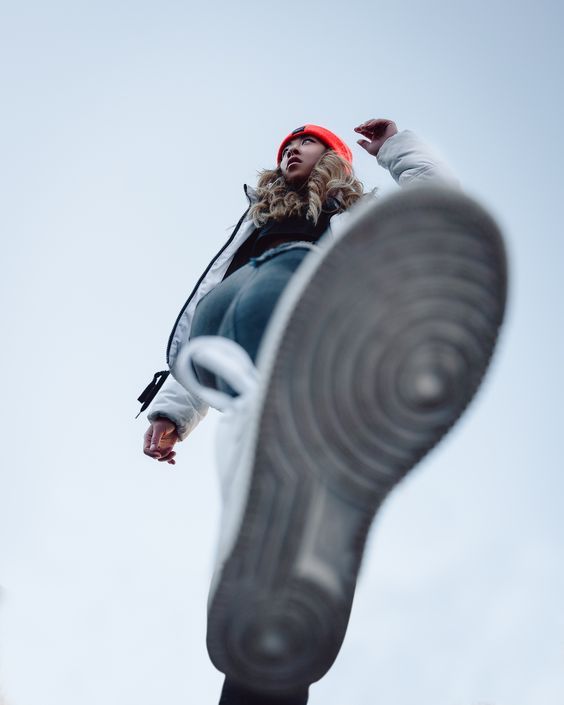
Now that you have some tips for finding the best angles for full body portraits, let’s explore some ideas for incorporating these angles into your photos.
1. Get Low for a Dramatic Effect
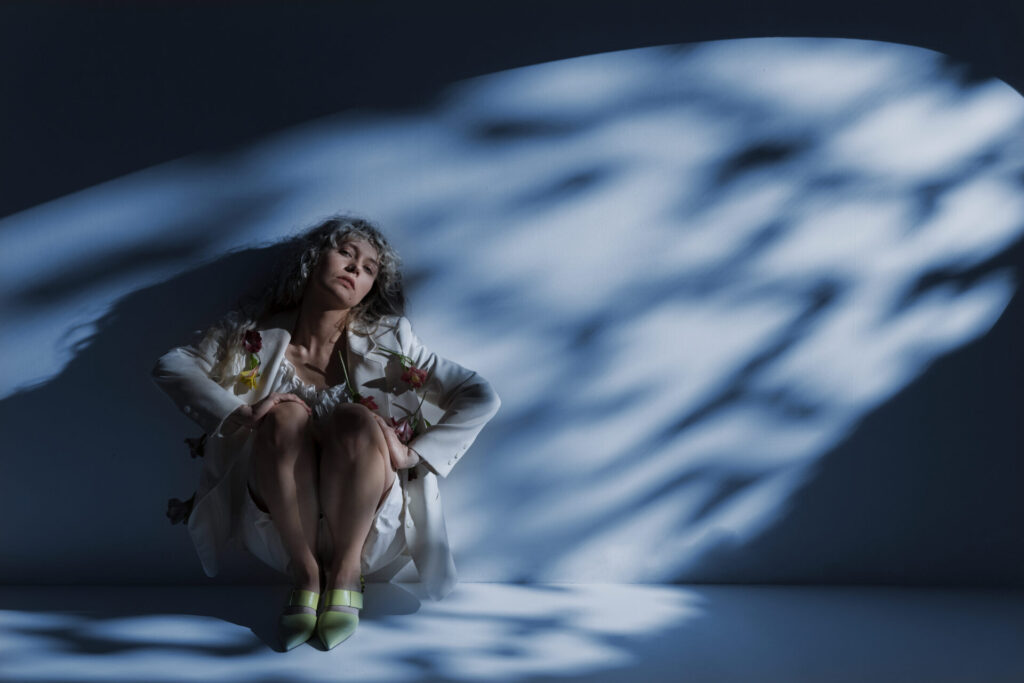
Shooting from a low angle can create a dramatic and powerful effect in your full body portraits. This angle can elongate the body and make your subject appear taller and more dominant. To achieve this angle, try lying on the ground and shooting upwards, or use a stool or ladder to elevate your camera. Be mindful of the background when shooting from a low angle to avoid distractions and ensure that the subject remains the focal point of the image.
2. Capture the Subject in Motion
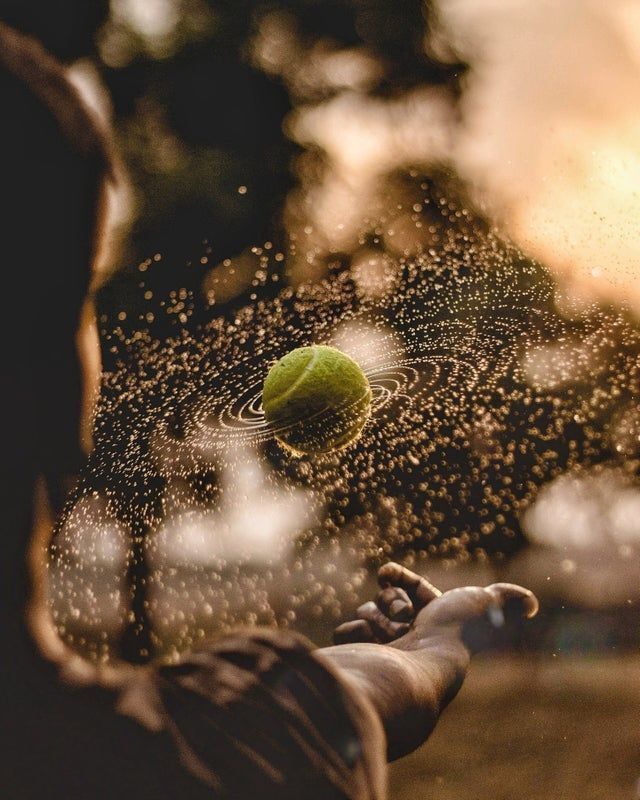
As mentioned earlier, incorporating movement into your full body portraits can add a dynamic element to your photos. This can be especially effective when shooting athletes or dancers. Try capturing your subject mid-jump or mid-dance move to create a sense of movement and energy in the image. You may need to use a faster shutter speed to freeze the action and avoid motion blur. The resulting image can convey the grace, power, or playfulness of the subject.
3. Use Natural Framing
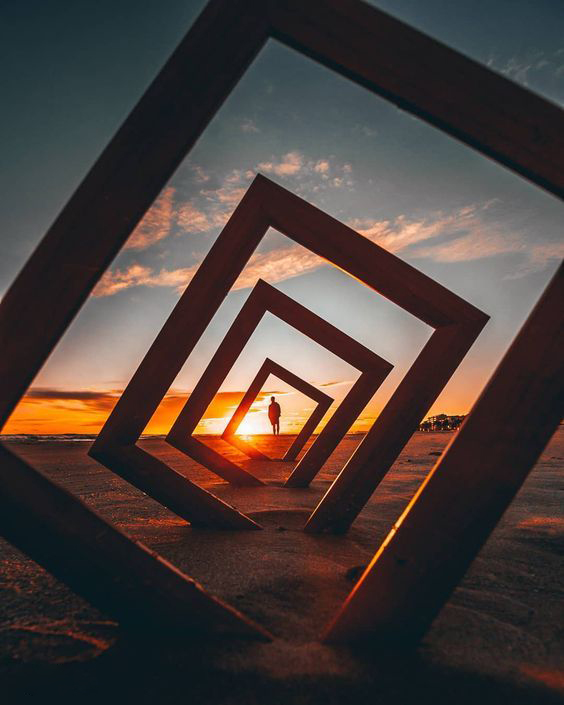
Natural framing is a composition technique that involves using elements within the photo to frame the subject. This can create a sense of depth and add interest to your full body portraits. Look for natural frames such as archways, doorways, and trees to add a unique angle to your photos. These frames can direct the viewer’s attention to the subject and can also provide context about the environment the portrait is taken in.
4. Experiment with Symmetry
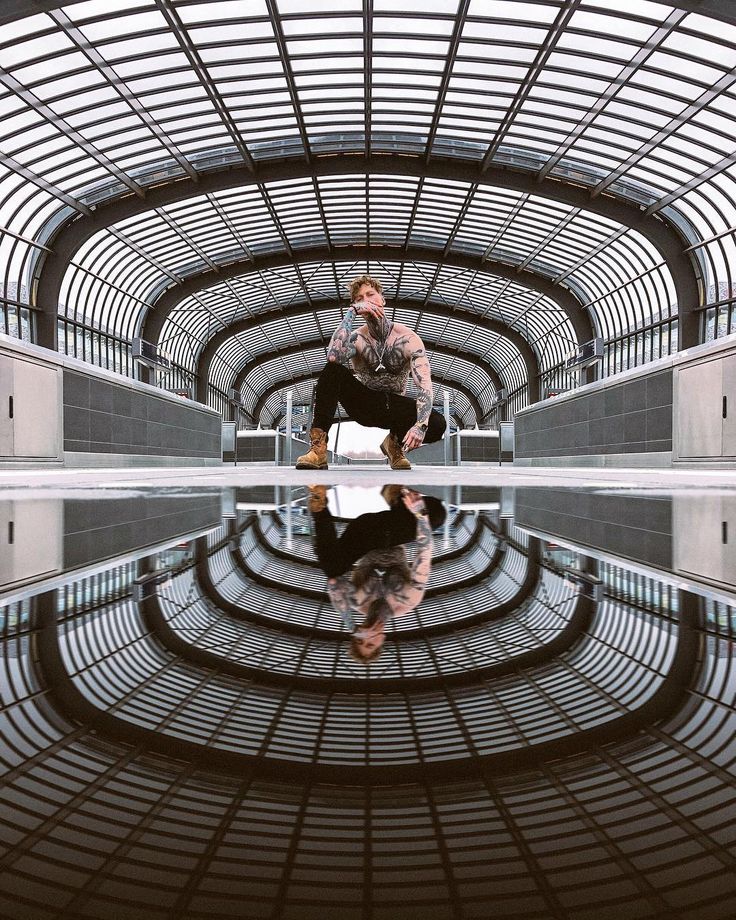
While breaking up the symmetry in your full body portraits can create more dynamic angles, playing with symmetry can also produce visually appealing images. Try shooting your subject in front of a symmetrical background, such as a building or a mirror, to create a sense of balance and symmetry in your photo. Symmetry can lend a classic and timeless quality to your portraits, often resulting in a powerful and striking composition.
5. Shoot Through Objects
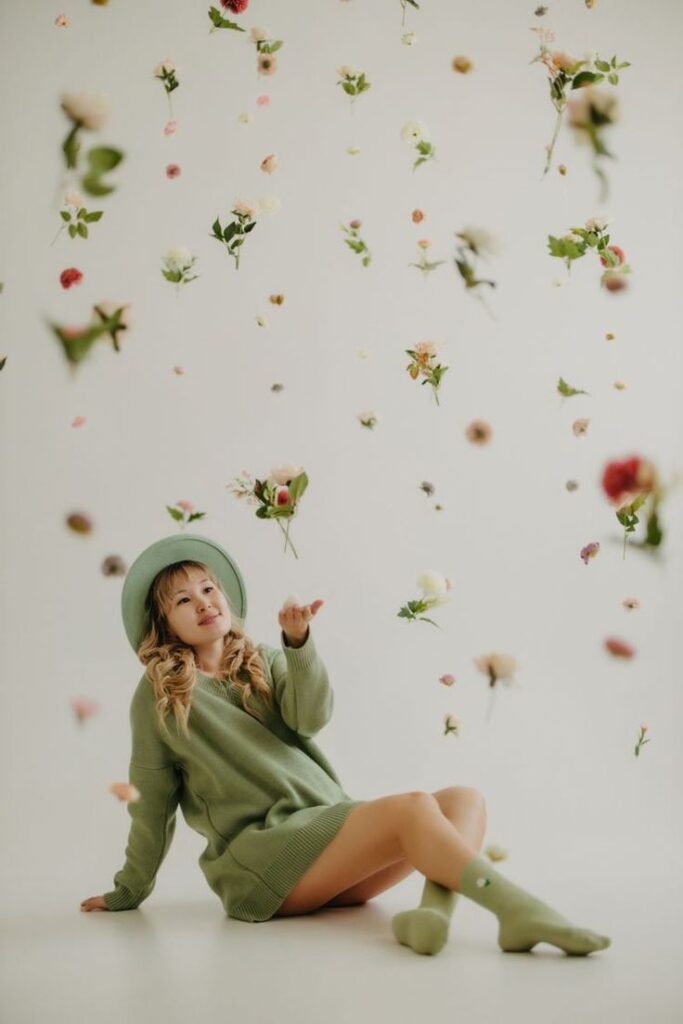
Shooting through objects can add depth and a sense of voyeurism to your full body portraits. This technique involves placing an object between the camera and the subject, which can create an interesting foreground and add a layer of complexity to the image. Consider using leaves, flowers, or even fabric to shoot through. This not only adds texture to the photograph but also can create a dreamy, ethereal effect, depending on the transparency and color of the object.
6. Utilize Environmental Context
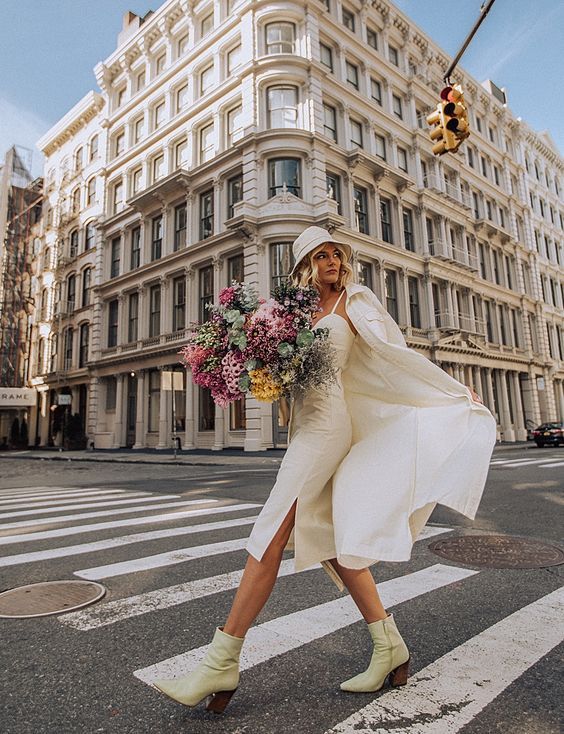
Incorporating the environment can tell a story and add character to your full body portrait. Whether it’s an urban street, a rustic barn, or a serene beach, the setting can play a significant role in the mood and narrative of the image. Try to find ways to integrate your subject into the environment naturally. Have them interact with elements of the setting, such as leaning against a wall, sitting on a rock, or walking down a bustling city street.
7. Focus on Interaction
If your full body portrait includes more than one person, focus on the interaction between the subjects. Capturing a genuine moment of interaction, such as a shared glance, a laugh, or a tender touch, can add a layer of emotion and storytelling to your image. Position the subjects so that their connection is clear, and use angles that emphasize their relationship. This can create a portrait that is not only visually appealing but also rich in narrative.
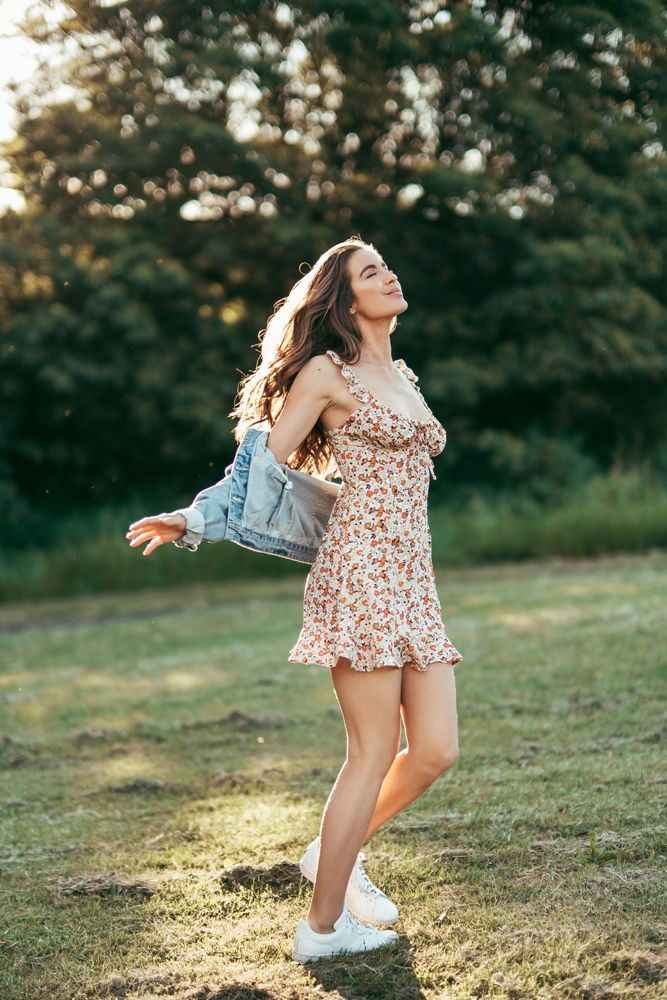
In Conclusion
Finding the ideal angles for full body portraits is a crucial element of creating stunning and dynamic images. By experimenting with different angles, incorporating movement and props, and using composition techniques, you can capture unique and visually appealing full body portraits. Remember to have fun and be creative with your angles, and don’t be afraid to think outside the box to capture the perfect shot. With these tips and ideas, you’ll be well on your way to taking beautiful and captivating full body portraits.
